Asia: Journals & Articles
Further resources, if available, can be found in our full bibliography.
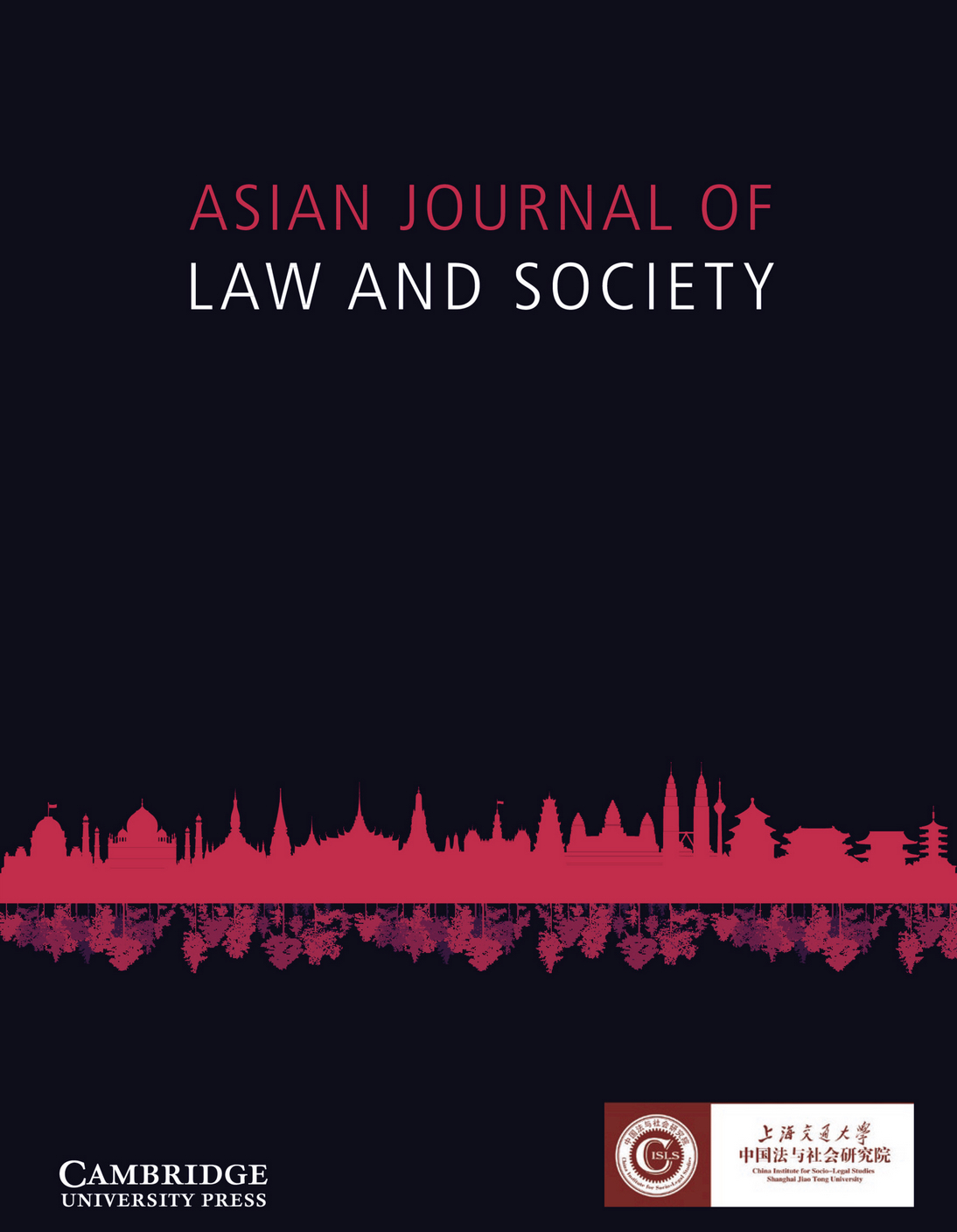
A special issue for the Asian Law and Society Association presents new socio-legal research on preventing human-caused disasters in Asia and beyond. Sparked by the 2019 ALSA conference in Osaka–held as COVID-19 and Australia's wildfires began–the issue calls for reforms in legal education, adoption of Rights of Nature principles, and Indigenous-centered jurisprudence to challenge exploitative legal norms and address escalating ecological crises.
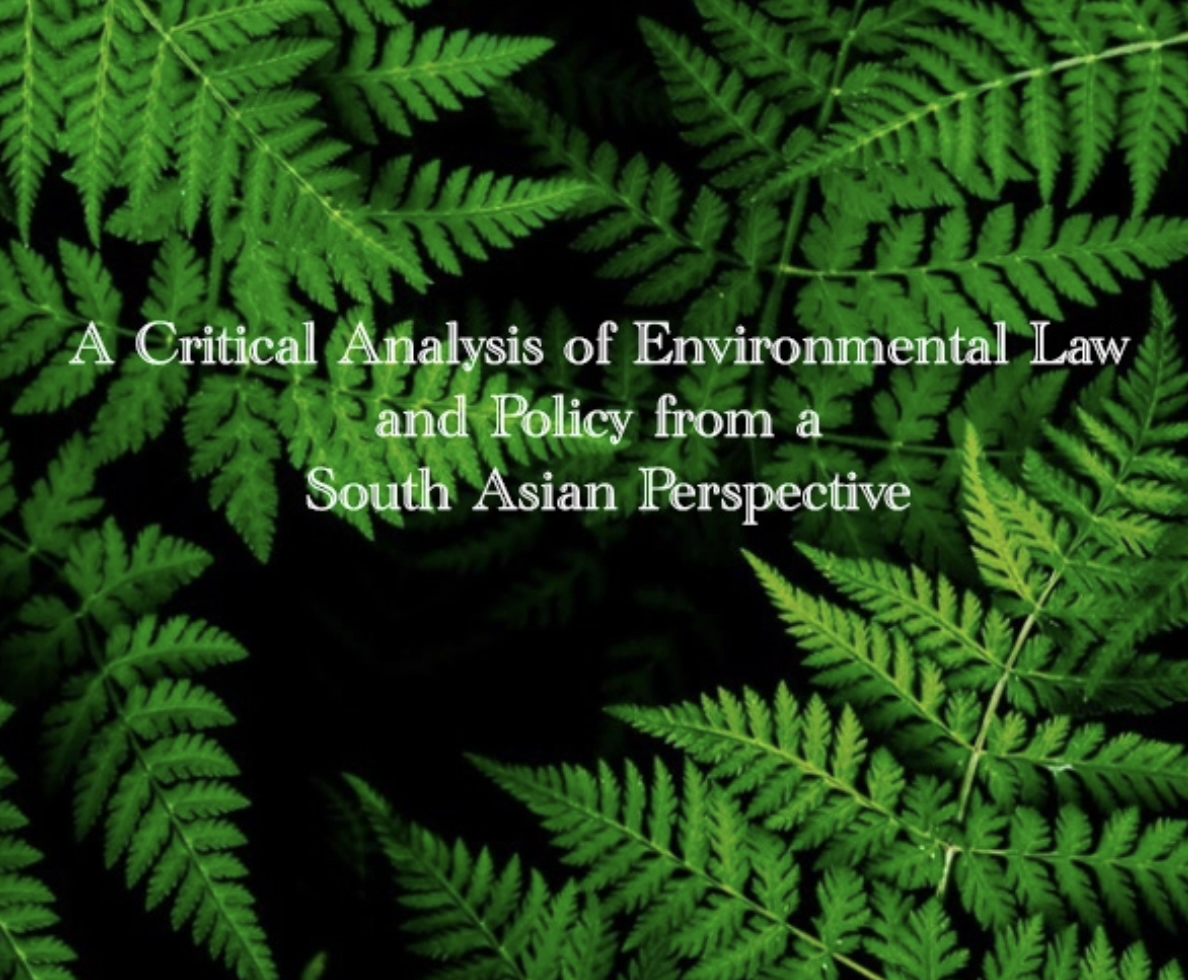
SAJELP, launched by the University of KwaZulu-Natal and HeinOnline in 2022, is South Africa’s first dedicated environmental law journal. Issued biannually, it features scholarly articles, case notes, and commentary on environmental regulation, justice, policy, and advocacy within the South Asian region. The journal aims to drive regional discourse and build capacity for environmental governance and legal reform.
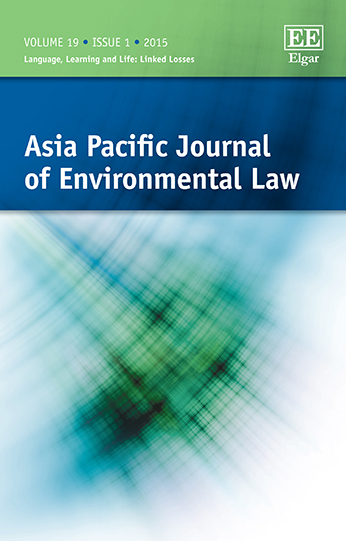
Asia Pacific Journal of Environmental Law
1996-Present
Established in 1996, APJEL provides peer-reviewed scholarship on environmental law and policy across the Asia‑Pacific. The journal publishes articles, case studies, country reports, and book reviews that critically analyze legal responses to regional and global environmental challenges. It supports legal practitioners, academics, and policymakers seeking insights into environmental governance, regulation, and sustainable development across diverse jurisdictions.
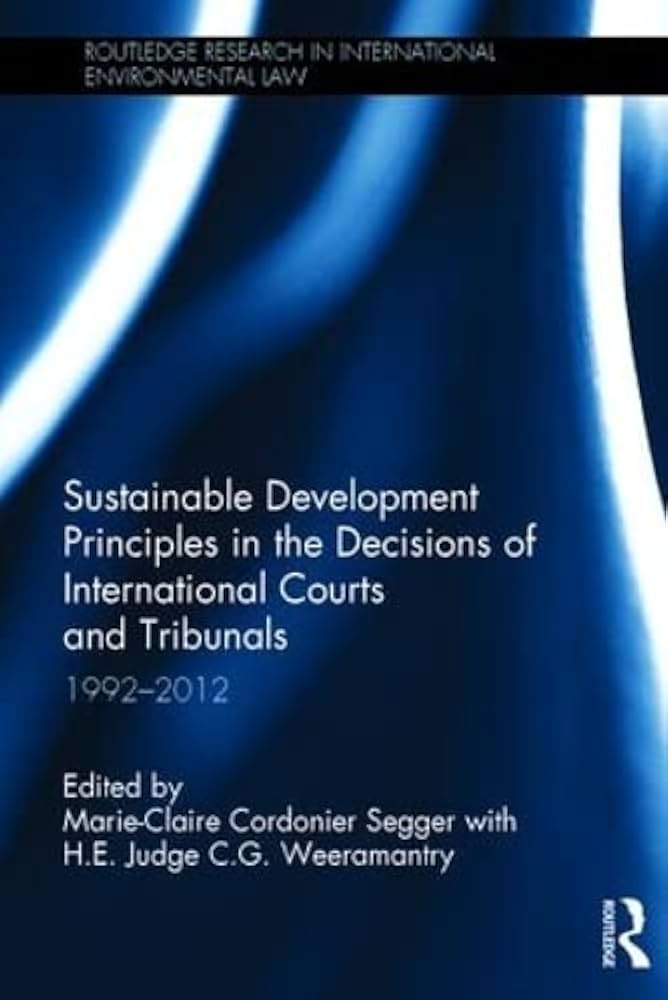
"The emergence of sustainable development jurisprudence in South Asia"
Sumudu Atapattu
Marie-Claire Cordonier Segger, Judge C.G. Weeramantry
This chapter explores the emergence of sustainable development jurisprudence in South Asia, highlighting the role of courts in expanding rights. It discusses key cases that have contributed to environmental jurisprudence and evaluates whether judicial activism in India has overstepped legislative functions. The chapter also examines the use of international environmental principles like the precautionary principle and the polluter pays principle.
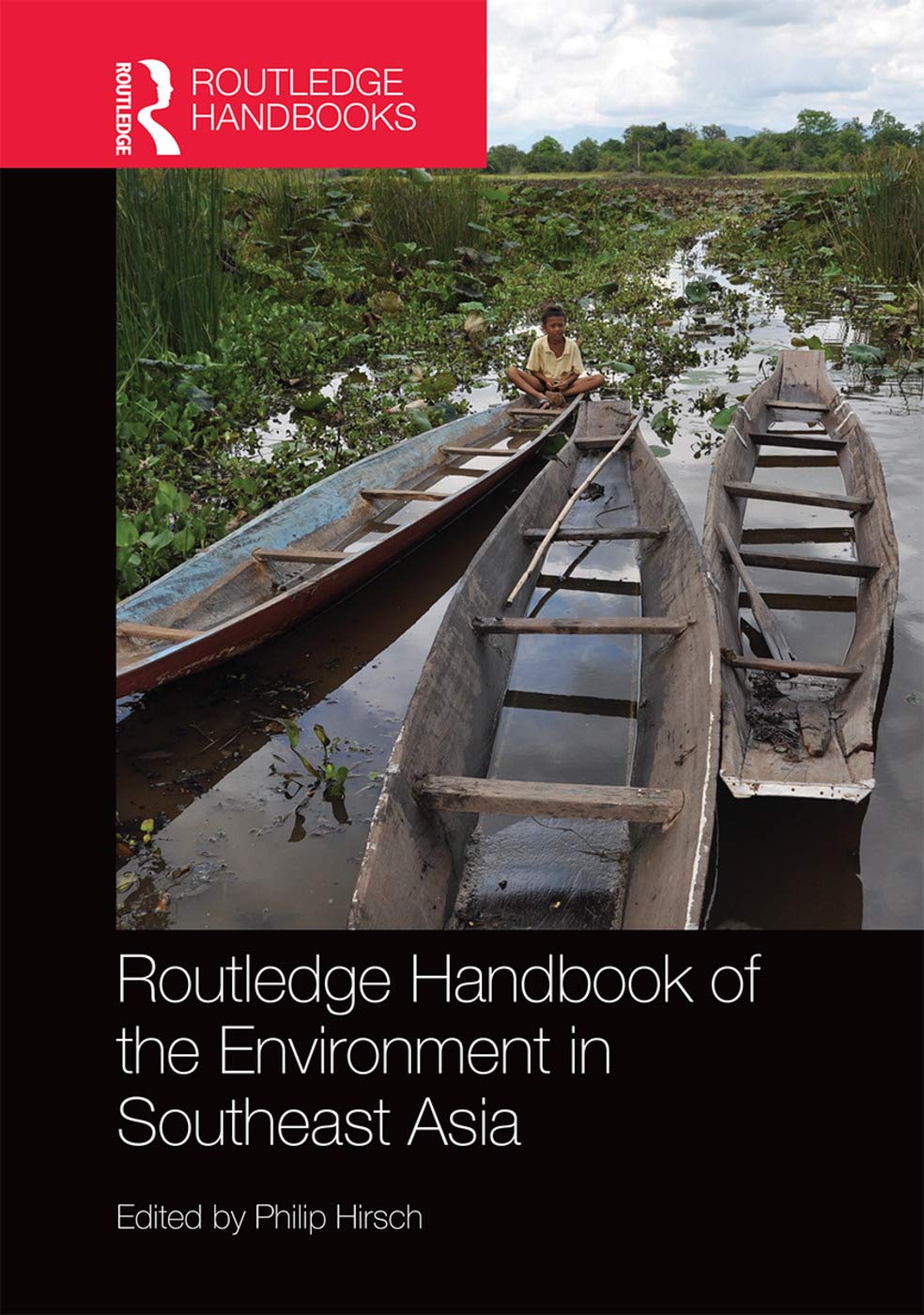
"Environmental law in Southeast Asia"
Ben Boer
Philip Hirsch
Environmental law has grown in importance since the 1970s, especially with the US National Environmental Policy Act and the Stockholm Conference. While global environmental problems like pollution and climate change are widespread, countries differ in their approaches to legal, policy, and institutional arrangements. The chapter discusses how the seriousness of environmental responsibility is reflected in national legal frameworks.
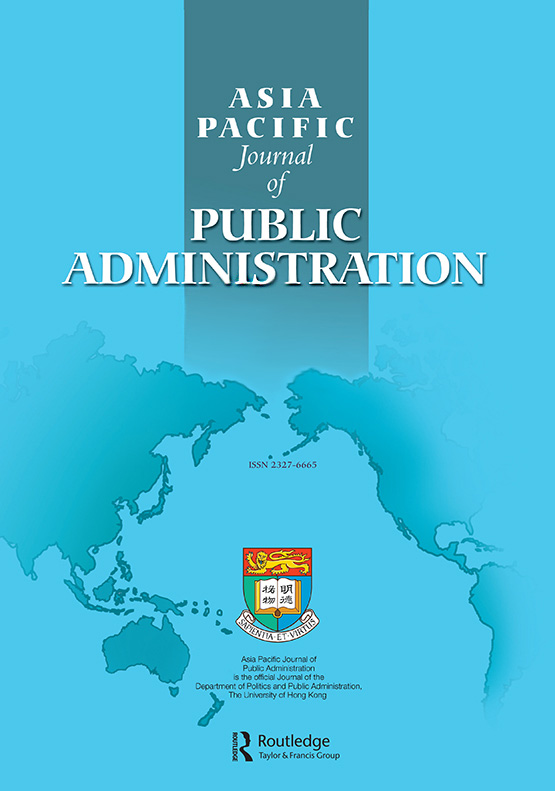
Mobilising for environmental justice in China
Richard Balme
Environmental rights in China reflect complex political dynamics with broad implications for inequality and justice. This article thse implications and argues that environmental degradation deepens inequality and at times results in severe injustices. While recent progress in legislation, public participation, litigation, and collective action has improved policymaking processes, these changes have yet to reverse environmental decline. Still, the article notes, these shifts have reshaped interactions among key policy stakeholders.
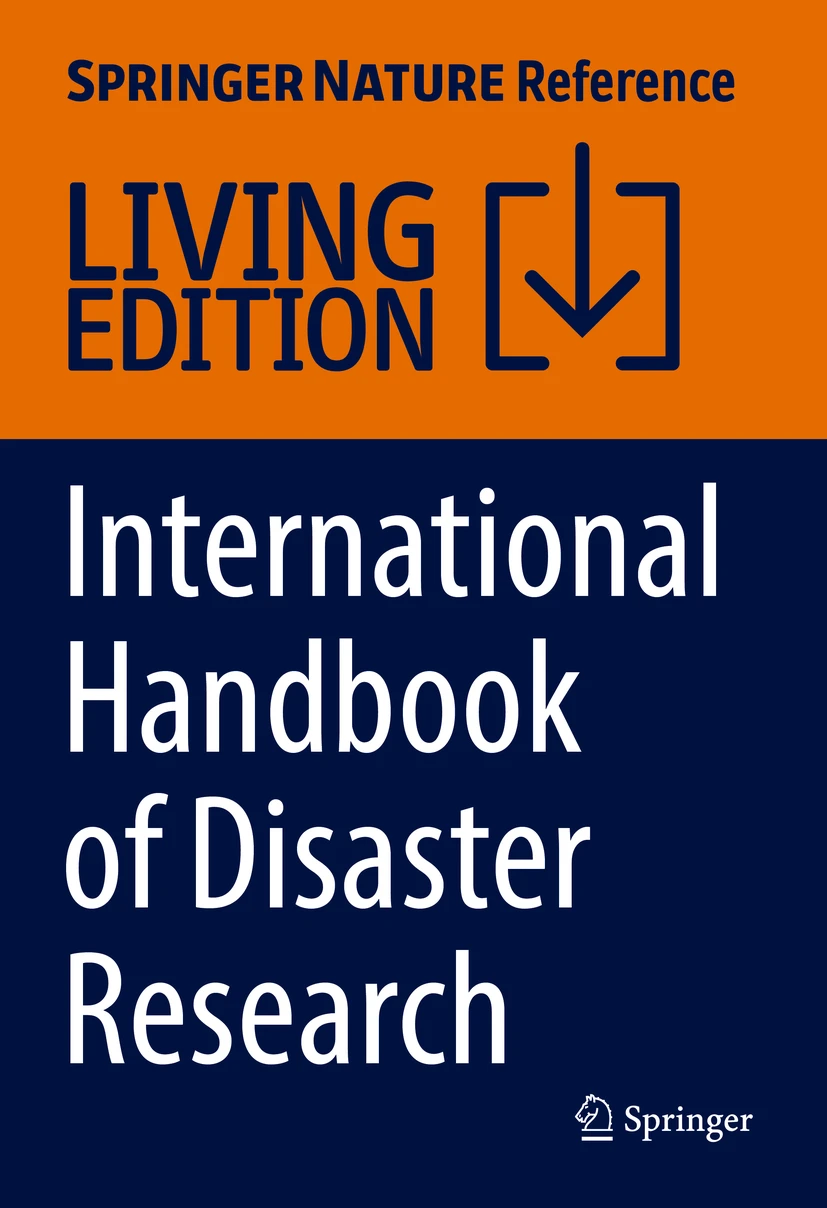
"The Use of Earth Jurisprudence Against Anthropogenic Marine Environmental Disasters in Sri Lanka"
Asanka Edirisinghe
Amita Singh
Earth jurisprudence is a legal philosophy that views humans as part of the Earth community, advocating for the protection of non-human species and ecosystems. This chapter explores how Earth jurisprudence can be applied to protect Sri Lanka’s oceans from environmental disasters. It draws lessons from countries like Ecuador, New Zealand, and India to guide legal reforms for environmental protection.

"Exploring India's Ecological Landscape on the Road to Environmental Personhood"
Jiya Matharani
This article examines how India is engaging with the concept of environmental personhood in which nature is granted legal rights. It explores court rulings, constitutional interpretation, and Indigenous stewardship values. The paper argues that recognizing nature’s rights could shift environmental law away from human-centered approaches and proposes a framework for integrating this concept into India’s legal and policy systems.
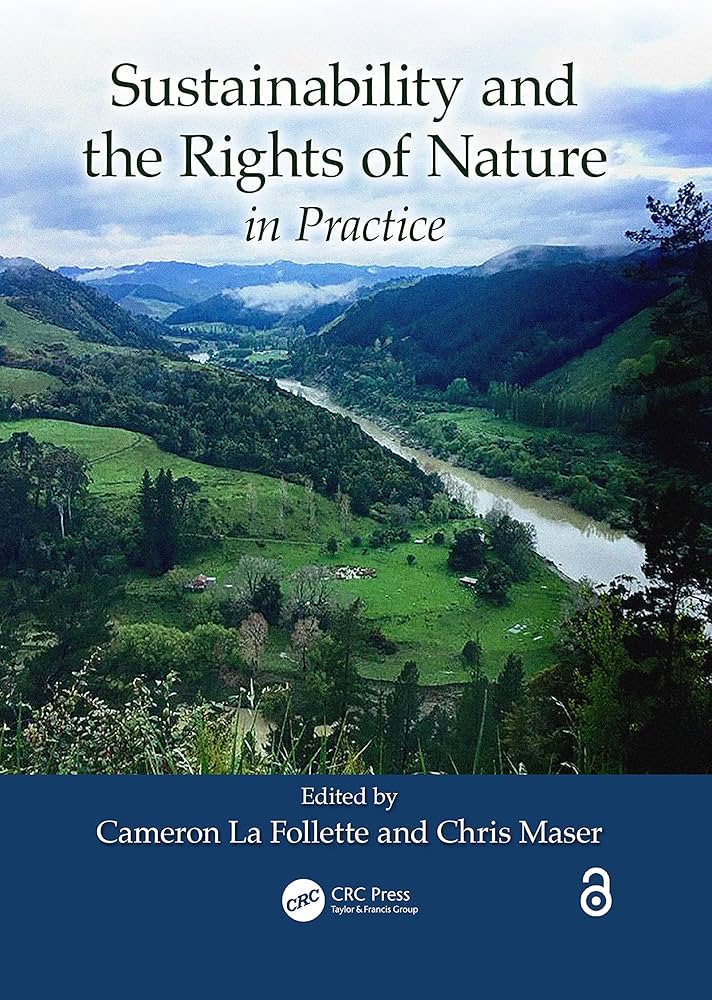
"The Experiment with Rights of Nature in India"
Kelly D. Alley, Tarini Mehta
Cameron La Follette, Chris Maser
In 2017, the High Court of Uttarakhand in India recognized the Ganga and Yamuna rivers as legal persons, with rights and duties to be protected. This judgment, though celebrated, faces challenges as the government seeks centralized control over the rivers. The paper argues that multiple institutions like the National Green Tribunal offer a better path for protecting these sacred rivers.
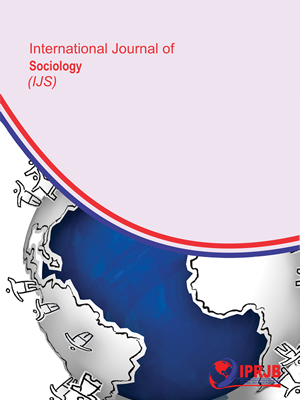
Challenges and Opportunities of Environmental Sustainability and Social Justice in the Face of Climate Change and Ecological Crisis in Japan
Misaki Takada
This article explores challenges and opportunities for environmental sustainability and social justice in Japan amid climate change. It identifies fossil fuel reliance and an aging population as key concerns, while noting strengths in clean energy technology and community solidarity. The authors propose using environmental justice and political ecology frameworks to shape policies that ensure equitable, sustainable climate responses for all populations.
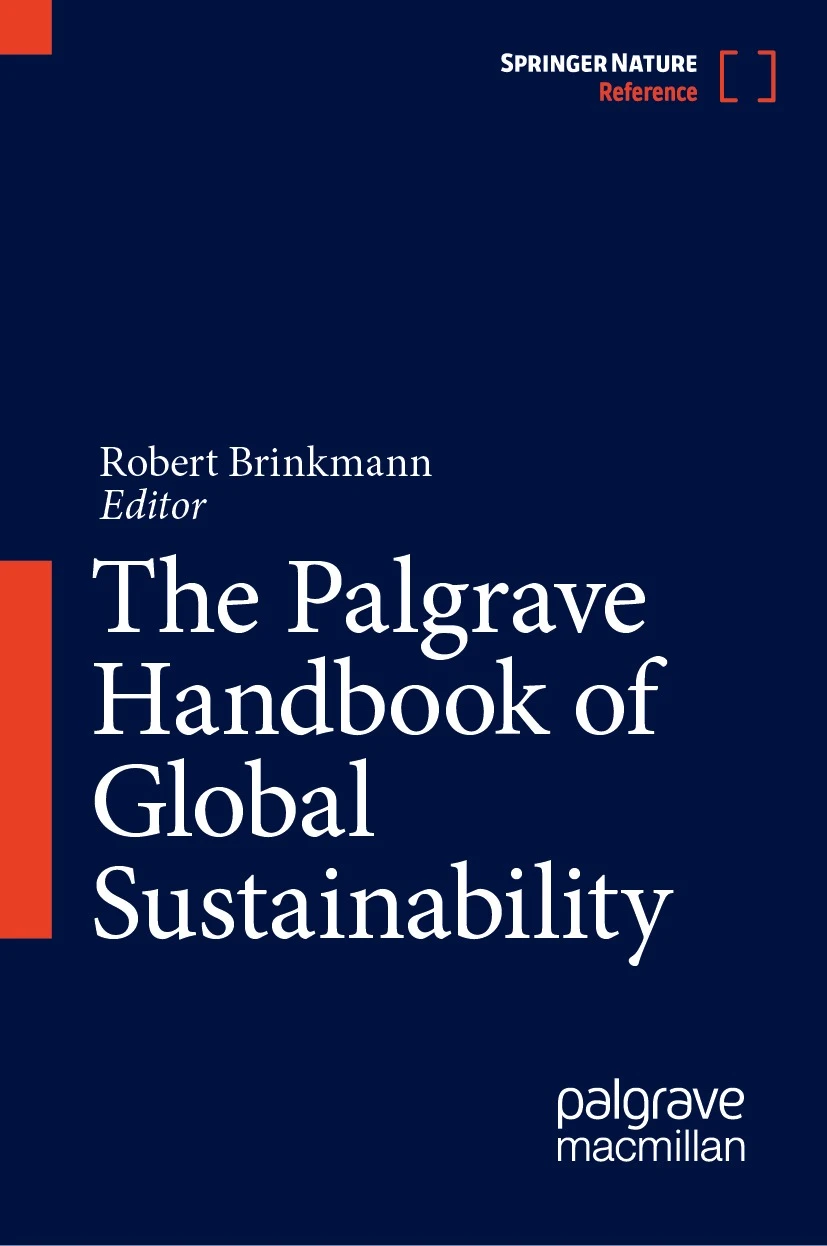
"Environmental Justice in Asia"
Khohchahar E. Chuluu
Robert Brinkmann
The concept of environmental justice emerged in Asia in the 1990s, reflecting each country’s unique socio-political context. This chapter examines severe pollution, social disparity, and Indigenous environmental injustices in Asia. While environmental racism is not widely recognized, the chapter argues that environmental justice is an important emerging concept to address the disproportionate environmental burdens in the region.
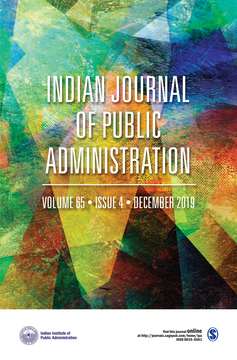
Environmental Jurisprudence in India (Is People's Attitude Under Its Purview?)
Ravindra Kumar Verma
This article examines the development of environmental jurisprudence in India, focusing on legal institutions, public attitudes, and the delivery of justice. While courts like the National Green Tribunal have held polluters (mainly government bodies and private firms) accountable, they have largely overlooked everyday environmental harm caused by the general public. The study finds that many people remain disengaged due to reliance on the state, livelihood pressures, and a lack of community leadership.
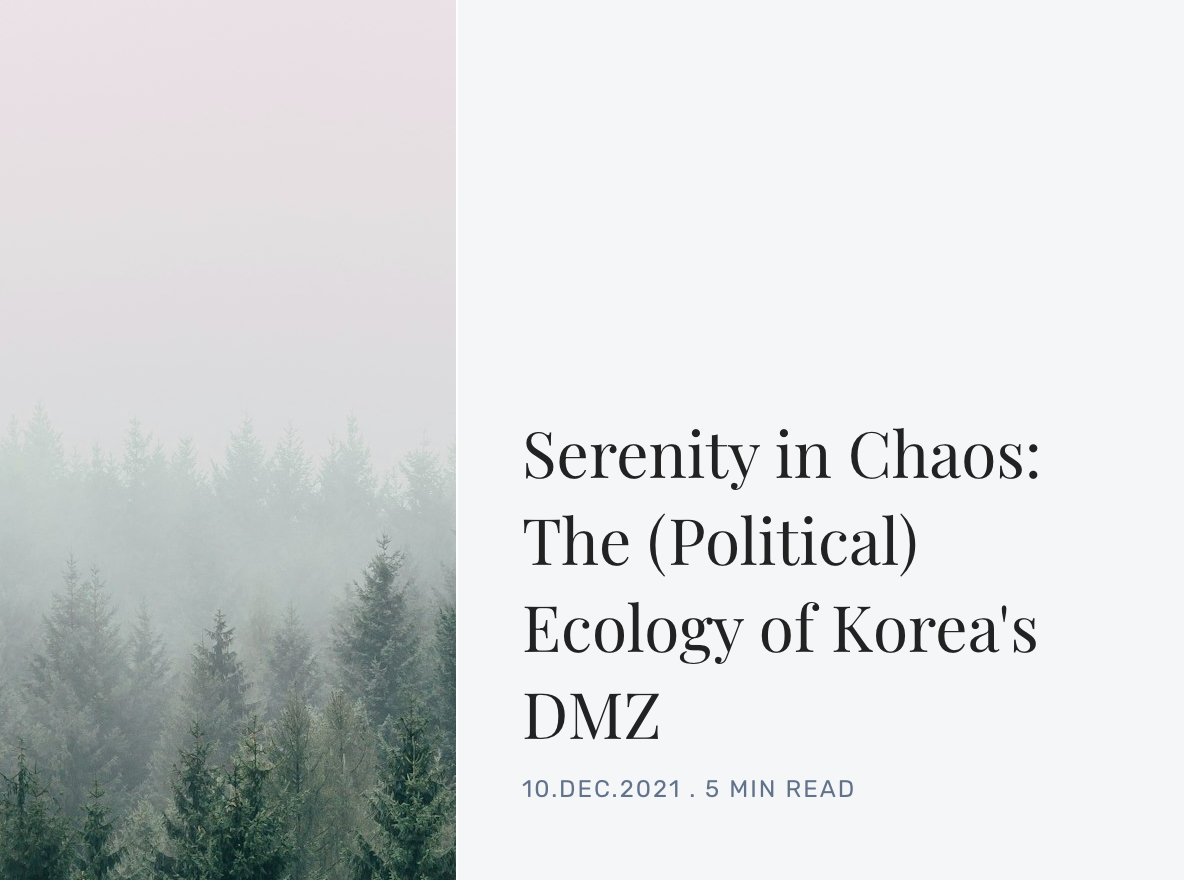
Serenity in Chaos: The (Political) Ecology of Korea's DMZ
Shriya Yarlagadda
Despite its origins as a militarized buffer, the Korean Demilitarized Zone (DMZ) has become an unintended ecological refuge, now hosting diverse wildlife and restored ecosystems due to minimal human interference. This article argues for recognizing the zone’s environmental value alongside its geopolitical role and proposes conservation strategies that honor both ecological integrity and peacebuilding across the Korean Peninsula.

At the Intersection of the Sacred and the Legal: Rights for Nature in Uttarakhand, India
Erin L. O’Donnell
This article analyzes two landmark 2017 rulings by the Uttarakhand High Court, which recognized the Ganges and Yamuna rivers and associated glaciers as legal persons with rights, classifying them as legal minors under the guardianship of state officials. These cases represent a bold shift toward rights-based environmental protection and mark an important step in constructing nature as a legal subject. However, their practical impact remains uncertain due to broad definitions of “harm” and the fact that the Ganges and Yamuna case is currently stayed pending appeal before India’s Supreme Court. The judgments also draw explicitly on Hindu religious belief to affirm the sacred status of these rivers, which complicates their legal interpretation. This religious framing introduces potential controversy and raises concerns about how private values may influence environmental jurisprudence and marginalize pluralistic or secular legal approaches.
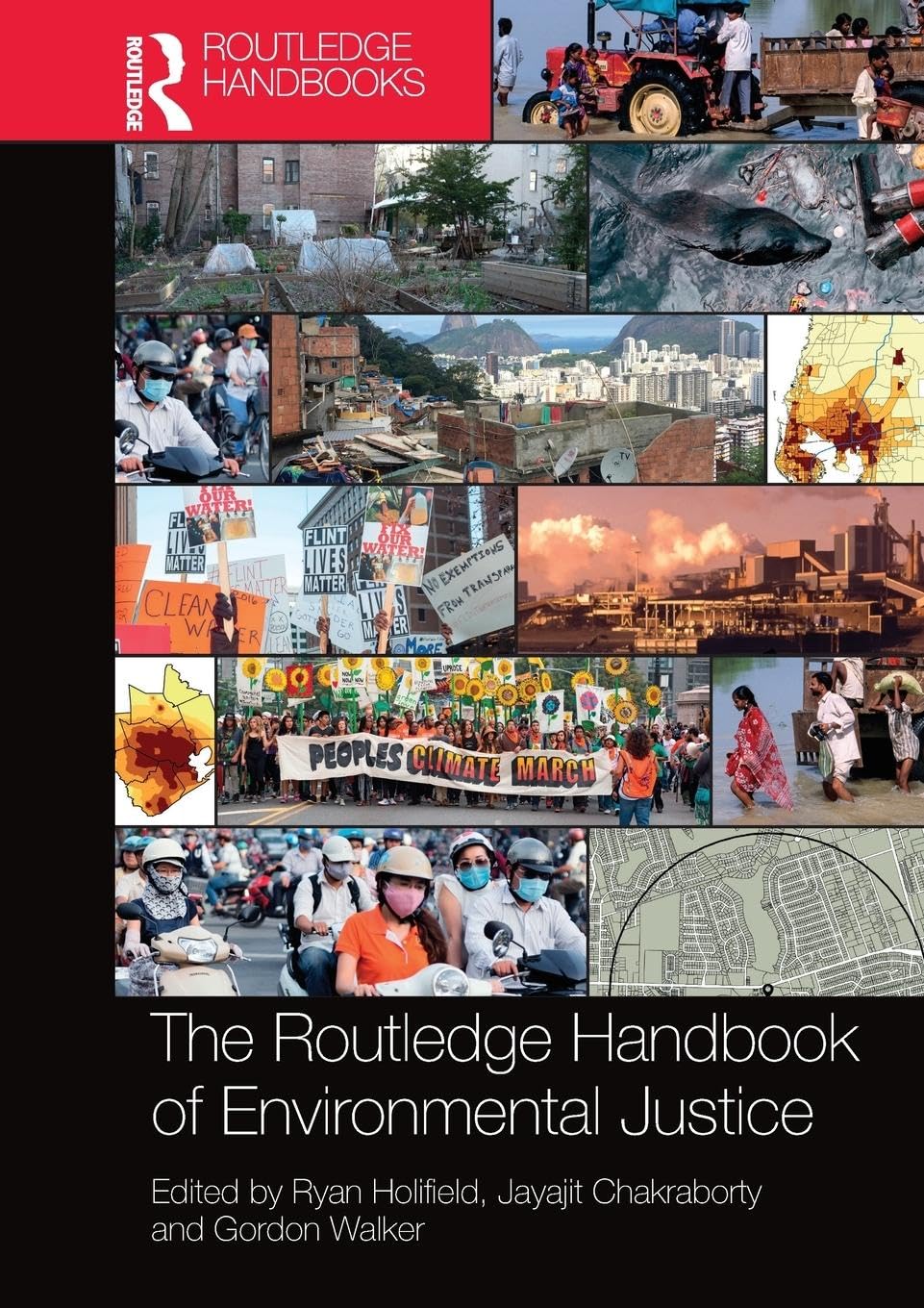
"Environmental justice in a transitional and transboundary context in East Asia"
Mei-Fang Fan, Kuei-Tien Chou
Ryan Holifield, Jayajit Chakraborty, Gordon Walker
Environmental justice campaigns in East Asia focus on industrial pollution and health issues caused by it. This chapter examines the complexities of environmental inequality in the region, highlighting local activism against powerful business interests and the state. It emphasizes collaboration among residents, activists, and academics, and discusses how local and regional networks address trans-boundary risks and future generations’ well-being.
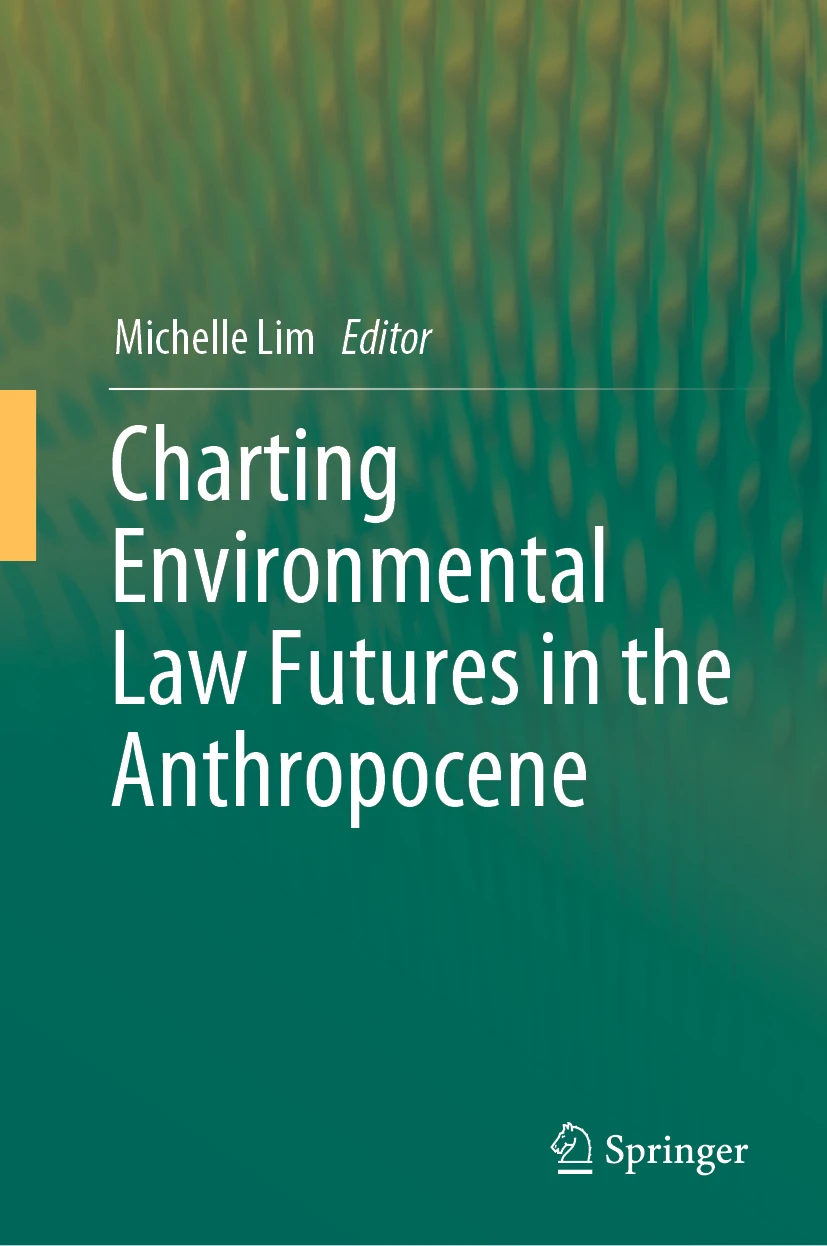
"Constitutionally Shackled: The Story of Environmental Jurisprudence in India"
Nupur Chowdhury
Michelle Lim
This chapter evaluates India’s environmental jurisprudence, arguing that reliance on Constitutional remedies has hindered the development of other statutory remedies. It critiques India’s poor environmental performance and discusses three landmark cases that shaped environmental law. The paper calls for more accessible, stakeholder-driven remedies and highlights the inadequacy of current approaches in addressing global environmental challenges.

Environmental litigation by Asia Pacific states at the International Court of Justice
Tim Stephens
Asia Pacific states have played an active role in environmental cases before the International Court of Justice, with countries like Australia, Japan, and Timor-Leste frequently involved in disputes over issues such as nuclear testing and whaling. This article argues that regional environmental concerns drive this engagement and that these states have helped shape key international legal norms when it comes to natural resource and environmental governance.
Photo Credit: Vietnam; Duy Kien Dao/Pexels